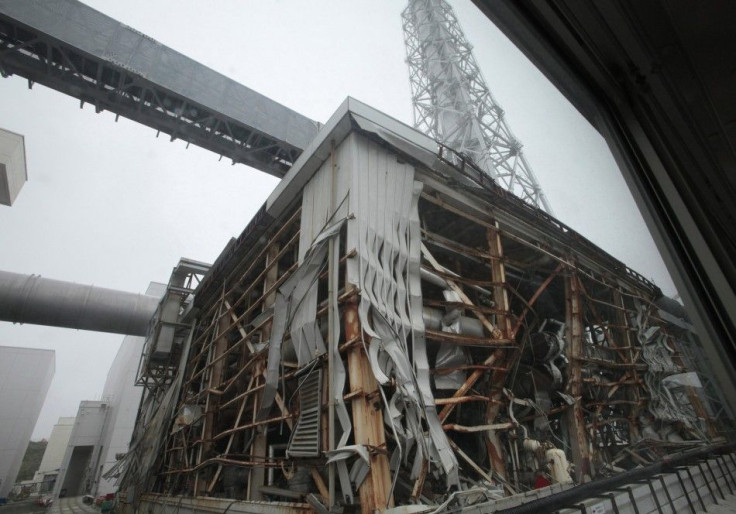US Firm Kurion Hired to Treat Fukushima Contaminated Radioactive Water

U.S.-based nuclear waste management company Kurion Inc announced on Monday it had been chosen by Tokyo Electric Power to treat the contaminated radioactive water at the crippled Fukushima Daiichi power plant.
Kurion's main task is to remove strontium from 400,000 metric tonnes of radioactive water stockpiled at the Fukushima Daiichi facility. It said it will use a mobile water processing system it had developed for the operation.
Tepco will still use its ALPS processors along with the Kurion Mobile Processing System (KMPS). Both process tank water.
"Strontium is the greatest emitter of radiation impacting site dose-rates," John Raymont, Kurion founder and President, said in a statement. "So reducing strontium in tank water stored on-site will significantly improve worker safety and reduces the risk to the surrounding environment."
Strontium-90 has been described as chemically similar to calcium. It deposits in bone and blood-forming tissues. Exposure could lead to bone cancer, cancer of the soft tissue near the bone, and leukemia.
Albeit both similar in operations, Kurion said its technology and that of the ALPS still differ.
"The larger and more complex ALPS processing facilities are designed to decontaminate 62 of the 63 radioisotopes present in tank water to prepare it for release in to the environment. This is different than the purpose of Kurion system, which is a mobile system to accelerate improvement of safety at the site by focusing on strontium reduction," it said in the statement.
Kurion had already delivered the first batch of equipment to the Fukushima Daiichi plant's staging area for inspection. The remaining is slated to be delivered in the coming weeks.
It expects filtration to begin this summer, pending system approval from Japan's Nuclear Regulation Authority, Bloomberg said, citing Tepco spokesman Tatsuhiro Yamagishi said.
The worst nuclear crisis since Chernobyl, the Fukushima Daiichi plant was destroyed by a March 2011 earthquake and tsunami.
Early this month, Tepco announced that it has started constructing a huge underground ice wall around the Fukushima Daiichi plant.
Read: Japan Starts Constructing Ice Wall at Crippled Fukushima Power Plant




















